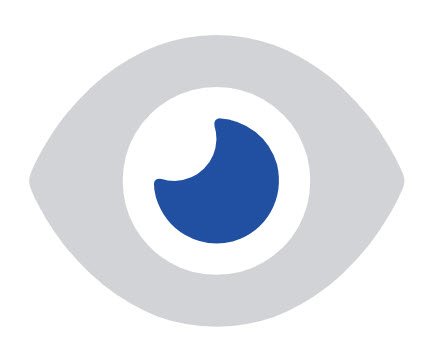We all have expectations when we interact. We search and get advice. We may shop around from site to site, product to product, just as we go store to store. Ultimately, we expect to find what we are looking for, at a reasonable price, with as little fanfare as possible. And if during that process, we find something even better, we are happier still. Sounds simple, right?
Marketers can create customer journey maps that will help determine where and when they can continue to serve customers. But it’s important to know where breakage occurs; where the journey seemingly grinds to a halt as a competitor steps in, or the consumer has lost interest, or a bad experience puts the relationship in jeopardy. A few examples of where breakage can occur:
· Each of us views 5,000+ brand exposures per day; this includes 362 ads, of which only 12 made an actual impression[1]. 2-1/2 times more brand exposures than 30 years ago. Placing media as part of your acquisition plan isn’t going to cut it without a strong omnichannel-based strategy, which can cut through the clutter.
· I was watching TV and saw a commercial recently, that made me stop what I was doing and quickly search for the product. In minutes, I was being retargeted with ads, in a mobile app on my ipad. The timing and the message itself needed some work, but it was an opportunity to reinforce and remind. As of 2014, nearly 50% of brands were using retargeting in their media mix.[2] But is there a risk of being viewed as intrusive, and a good chance that ad impressions are wasted because it wasn’t a real prospect?
· How many people change their mind during checkout? 82% of Smartphone users consult their phone while they are in-store[3]. And 76% of online shoppers change their mind after they do a search[4]. Access to mobile devices influences purchase decisions, at the very last minute, just when you think you’ve got the sale.
· Marketers need to evaluate how email messages are connecting to mobile experiences? All too often, phones are interrupting the experience by offering apps to the user, when the planned experience is on the mobile web.
· It is a myth that younger generations are more likely to engage with a brand through social. Only 19% of millennials will engage, as compared to 41% of baby boomers, according to Po.st. If experiences are heavily social, we need to be conscious of customer demographics and behavior by channel.
· There is no question that social is a primary channel for current customers; customer service seems to be at the top of every social media trend list for 2016 and 2017 that I have seen. Factoring social experience into the customer journey all the way through will be critical – and making sure that the organization is setup to handle 1:1 in an often-challenging manner, when people are often unhappy.
As marketers think about the potential breakage, they need to think about messaging; do they begin an immediate winback campaign? Do they continue to message as though nothing has happened? Do they acknowledge the lost opportunity and stop investing in the consumer? Of course, all of this depends on what is being sold, how often, value of the product, overall ROI, and the customer’s lifecycle.
Just as important is knowing the breakage happened, which is where technology comes in. Being relevant in the moment is a catch phrase. Being relevant requires infrastructure that can support it, along with strong analytics capabilities to identify the trends as they occur, supporting content and the ability to optimize the experience across channels.
Even internal structure can add roadblocks. Different teams managing communications by channel will make it difficult to leverage the hard work put into the customer journey. Consider changing structures to a different model; potentially by lifestage of the customer or as one single team. Or as a temporary fix, an internal advocate who can work across teams.
It’s an exciting time to be a marketer. We have so much to think about! Getting your customer journey in place is a good first step; but like so many things, it’s all in how you use it.
[1] Yankelovich, 2014
[2] Chango/Digiday Survey
[3] Consumers in the Micro-Moment, Google, 3/15
[4] A Marketer’s Guide to Holiday Shopping, Google 2016
